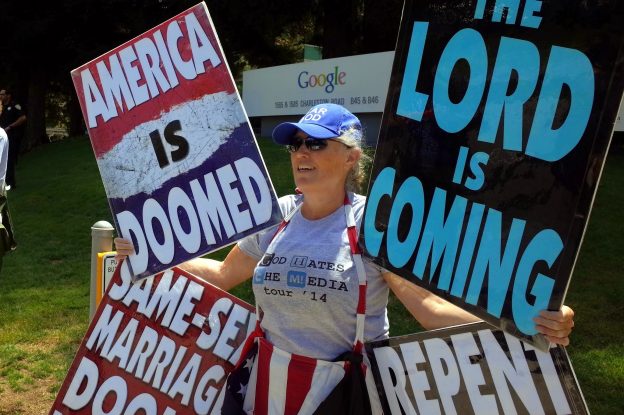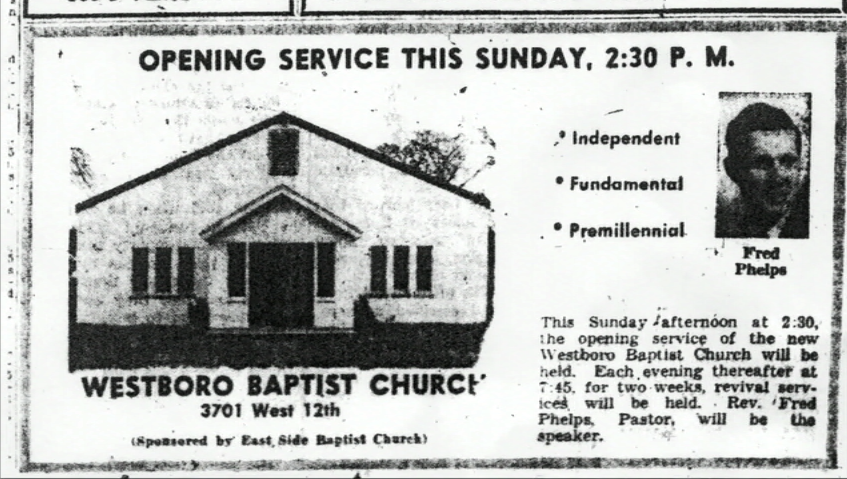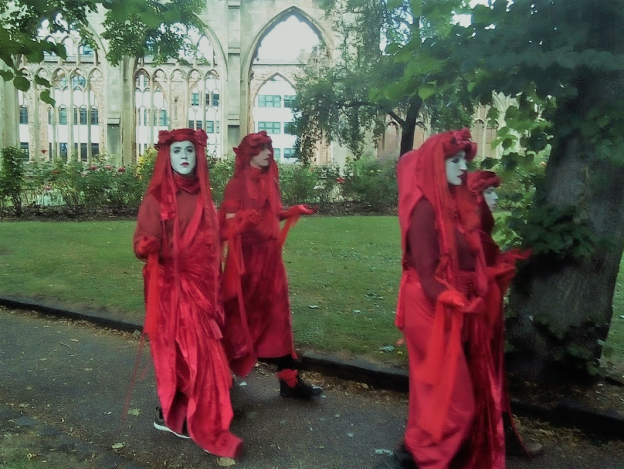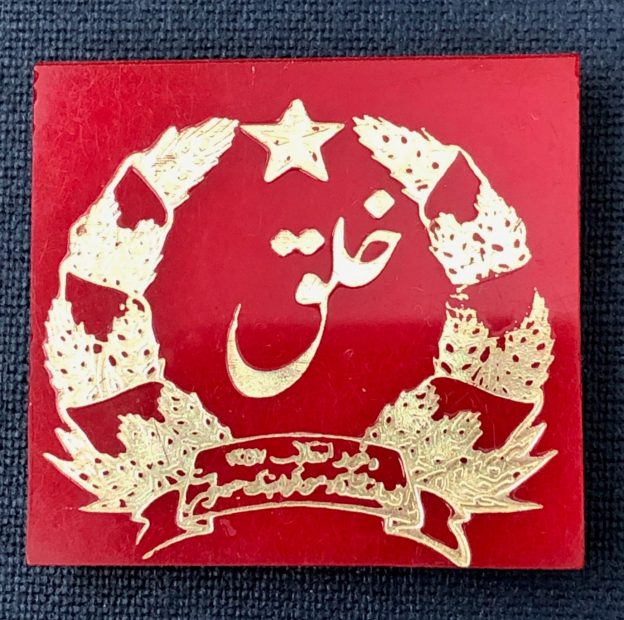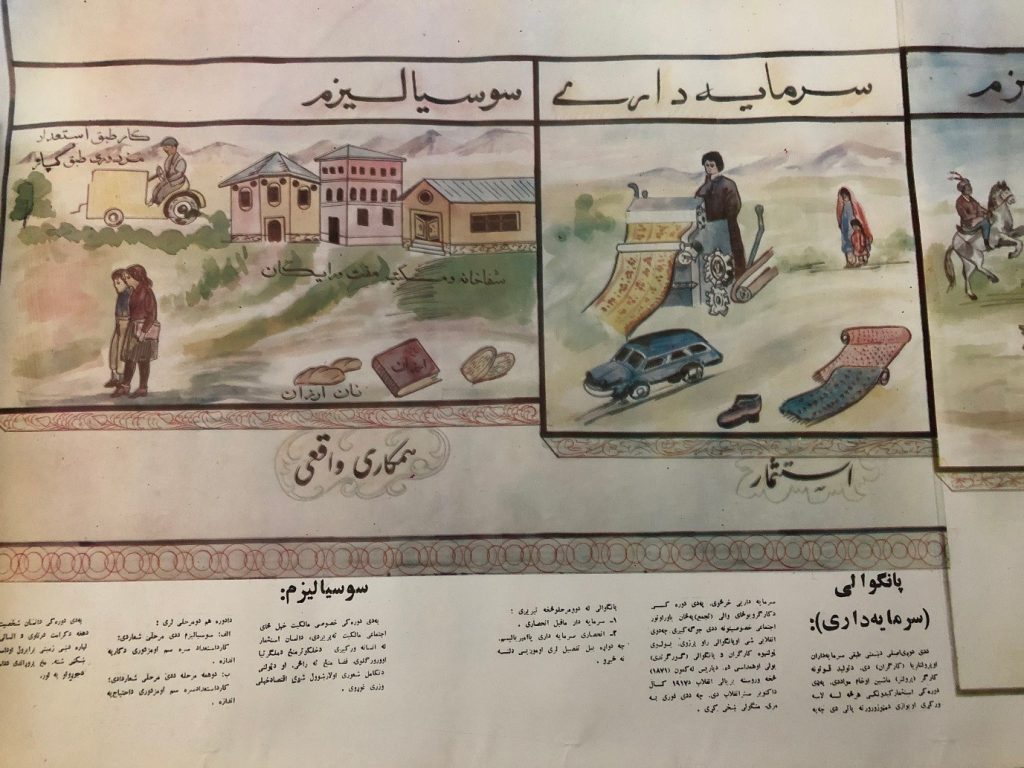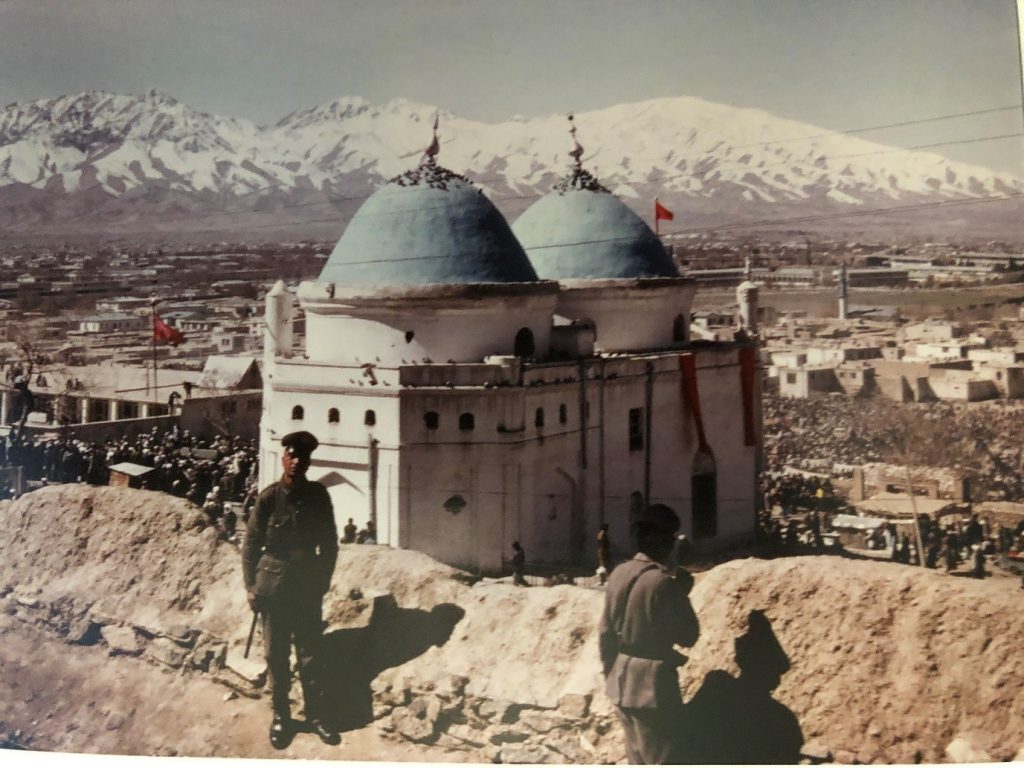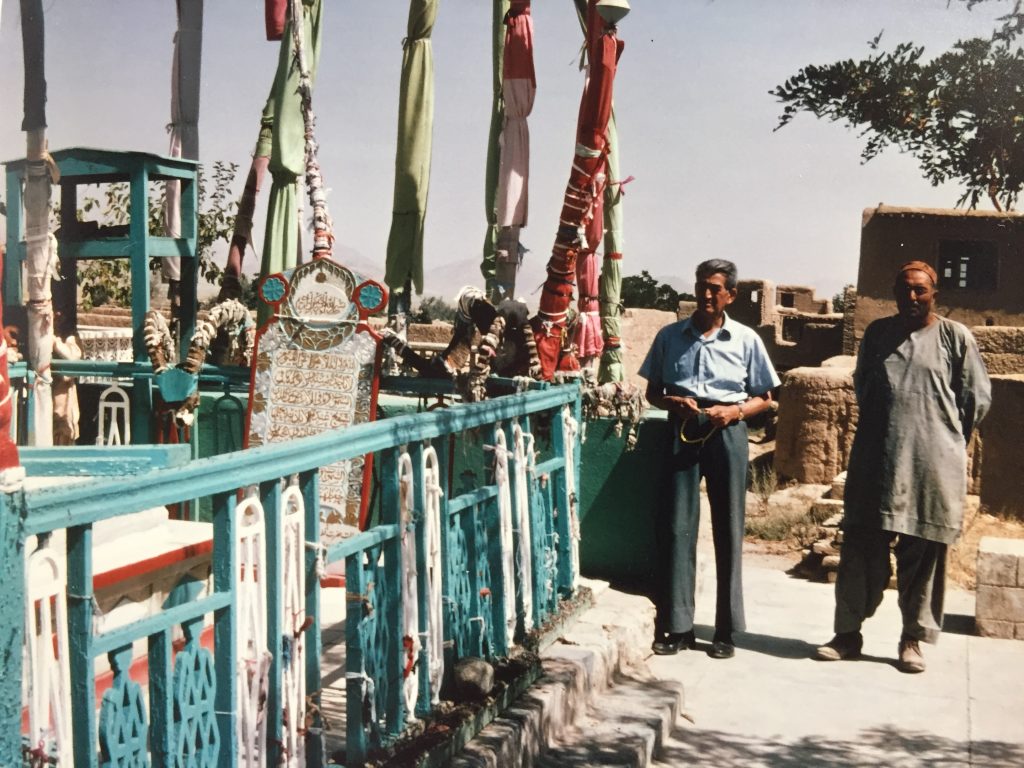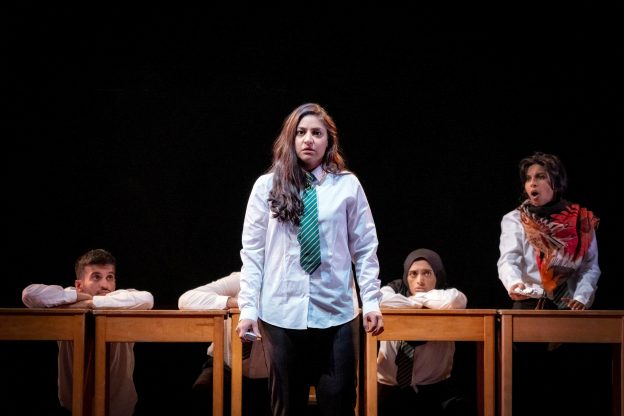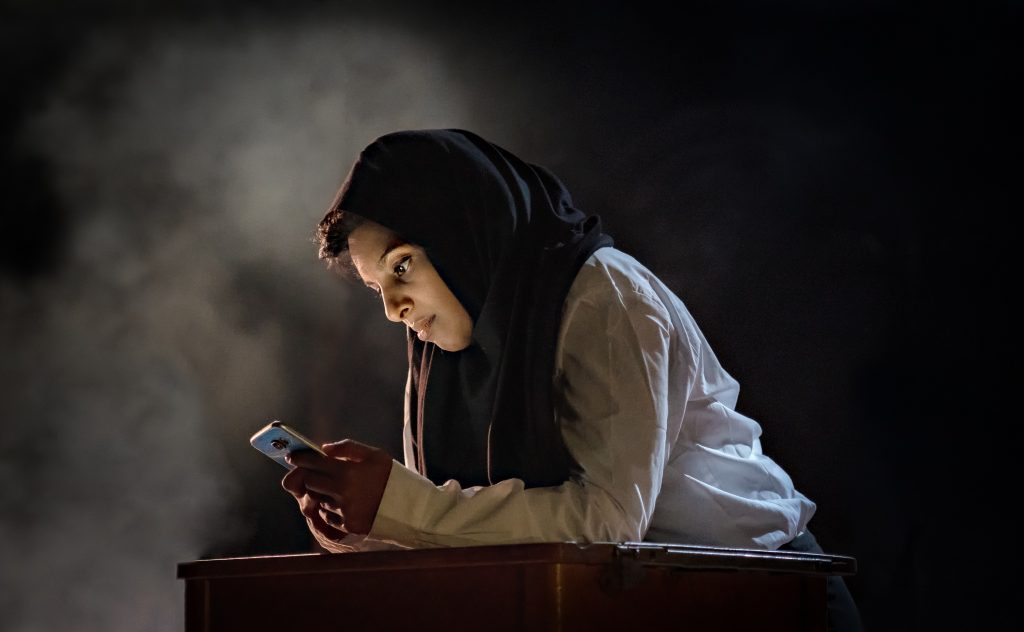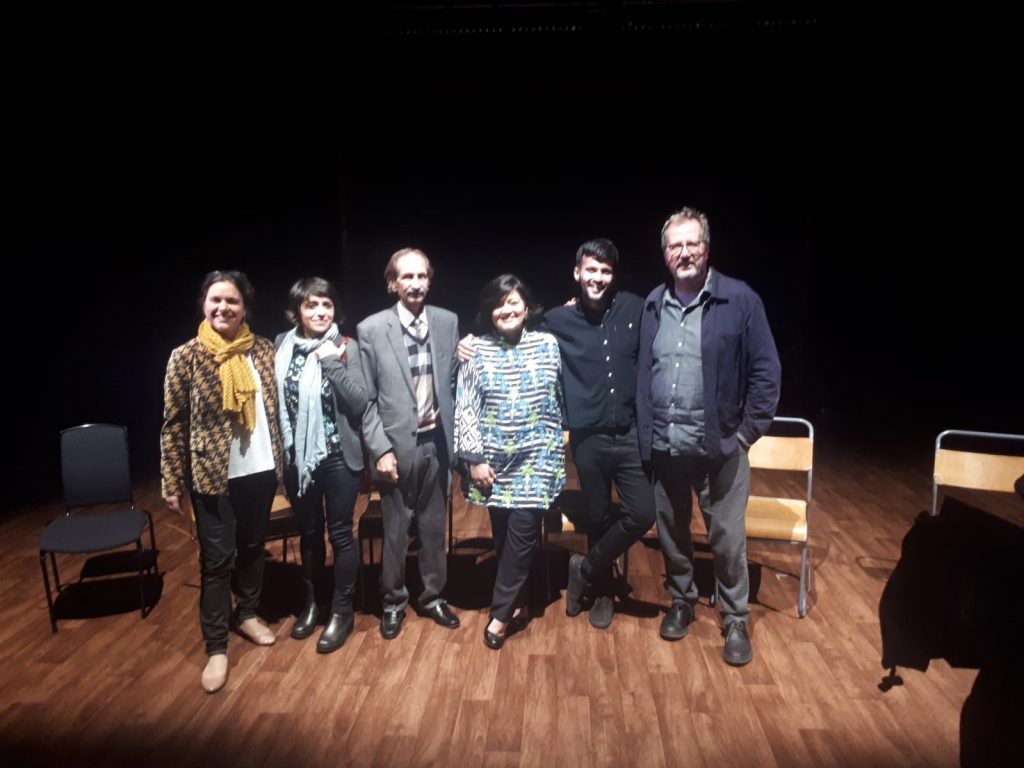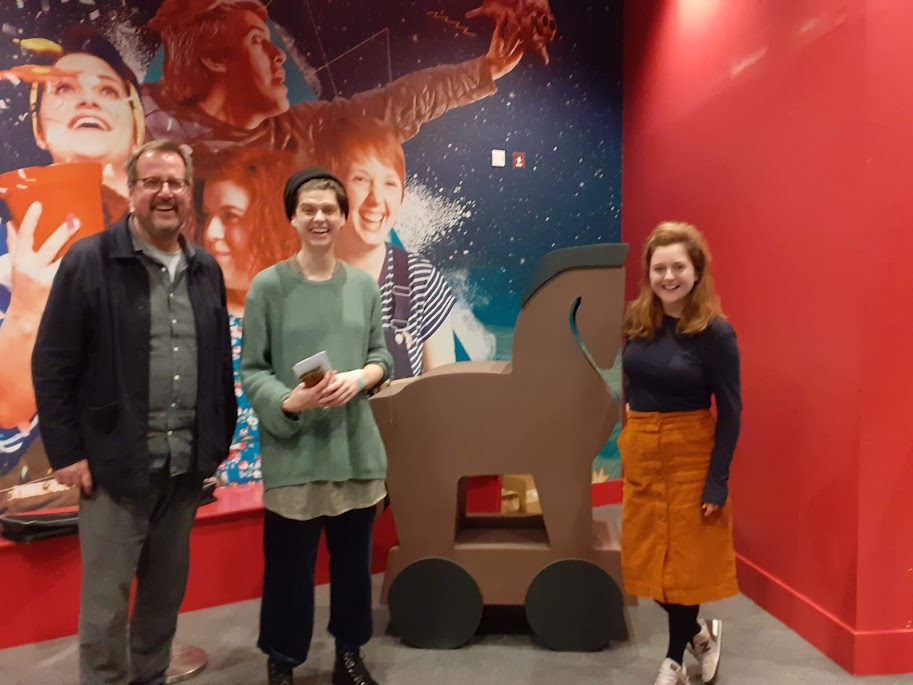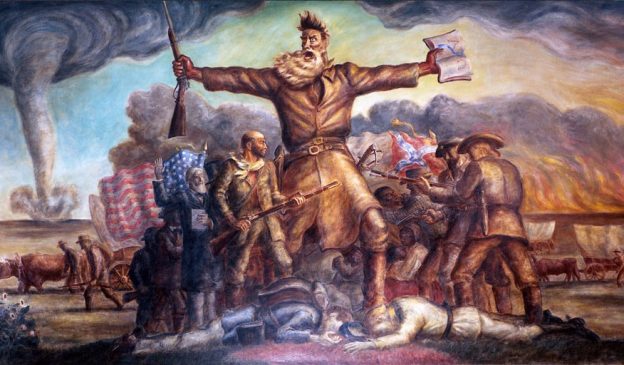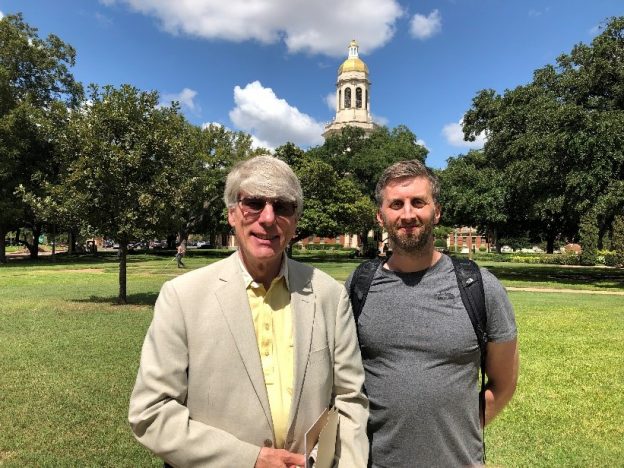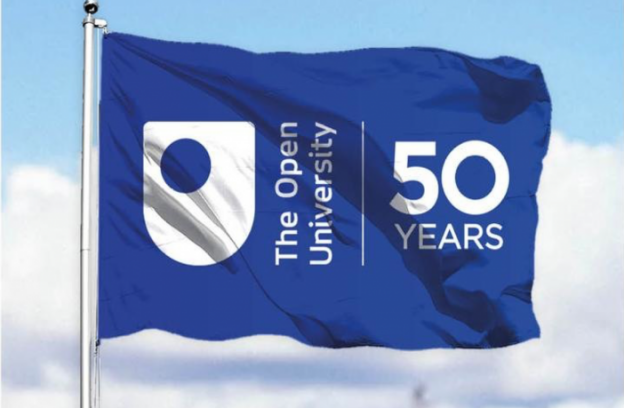Reblogged from https://www.openmaterialreligion.org/resources-1/2019/12/17/divine-saving
Dr Theodora Jim visited the The Baron Thyssen Centre for the Study of Ancient Material Religion on the 21st November 2019, to give a paper entitled “Divine Saving and ‘Votive’ Religion in Ancient Greece”. After the seminar, Jessica Hughes and Theodora Jim were joined by John Maiden and Emma-Jayne Graham to record an audio discussion about understandings of divine saving in antiquity and beyond. The discussion also features the voice of Dr Sara Patterson, on Salvation Mountain in California.
Programme structure and timecodes:
0.00 Introduction; 0.43 Theodora Jim on the challenges of translating the word soteria, and the evidence for cults of ‘saviour gods’ in ancient Greece; 6.20 Emma-Jayne Graham on votive offerings from early Roman Italy, and their possible links to understandings of divine saving; 12.25 John Maiden on divine saving in Christianity, including the textual traditions of the Old and New Testaments, and the practice of dedicating ex-votos in Mexico; 19.50 Sara Patterson on Salvation Mountain; 28.17 Studio responses to Sara Patterson; 34.10 Theodora Jim on a votive relief from the Asklepeieon at Athens; 36.38 Emma-Jayne Graham on the votive ‘open torso’ busts from early Roman Italy; 38.51 John Maiden on the Exodus narrative.
Further reading and resources:
Graham, Emma-Jayne (2020) ‘Hand in hand: Rethinking anatomical votives as material things’, in V. Gasparini, M. Patzelt, R. Raja, A-K. Rieger, J. Rüpke, E. Urciuoli (eds). Lived Religion in the Ancient Mediterranean World: Approaching Religious Transformations from Archaeology, History and Classics. Berlin, De Gruyter (Open Access).
Graham, Emma-Jayne (2017) ‘Partible humans and permeable gods: enacting human-divine personhood in the sanctuaries of Hellenistic Italy’, in J. Draycott and E-J. Graham (eds) Bodies of Evidence: Ancient Anatomical Votives Past, Present and Future, Routledge, 45-62.
Graziano, Frank (2016) Miraculous Images and Votive Offerings in Mexico, Oxford University Press.
Hughes, Jessica (2016) ‘Fractured Narratives: Writing the Biography of a Votive Offering‘, in I. Weinryb (ed) Ex Voto: Votive Giving Across Cultures, Chicago, University of Chicago Press, 23-48.
Jim, Theodora, S. F. (2017) ‘“Salvation” and Ancient Mystery Cults’, Archiv für Religionsgeschichte 18, 255-281.
Jim, Theodora, S. F. (2015) ‘Can Soteira be Named? The Problem of the Bare Trans-divine Epithet’, Zeitschrift für Papyrologie und Epigraphik. 195, 63-74.
Jim, Theodora, S. F. (2014) Sharing with the Gods: Aparchai and Dekatai in Ancient Greece, Oxford University Press.
Maiden, John (2019) ‘The emergence of Catholic Charismatic Renewal ‘in a country’: Australia and transnational Catholic Charismatic Renewal’ Studies in World Christianity (in press).
Maiden, John (2016) ‘Renewing the body of Christ: Sharing of Ministries Abroad (SOMA) USA and transnational charismatic Anglicanism, 1978-1998’, Journal of American Studies, 51.4: 1243–1266.
Patterson, Sara M. (2016) Middle of Nowhere: Religion, Art and Pop Culture at Salvation Mountain, University of New Mexico Press.


